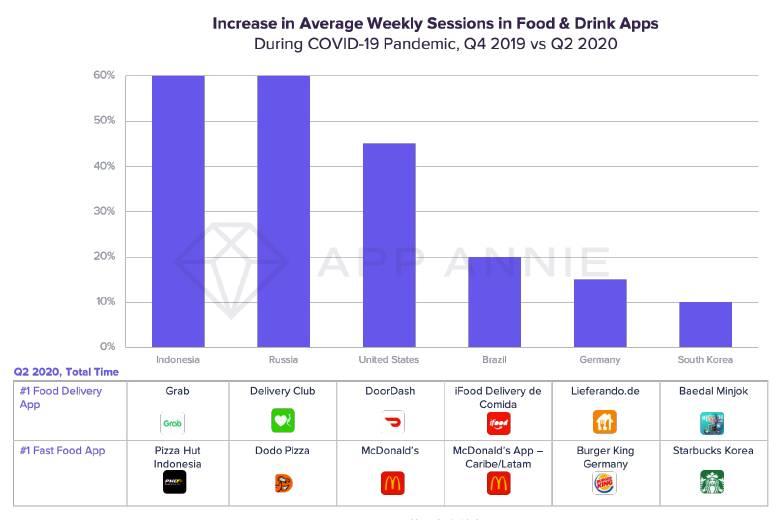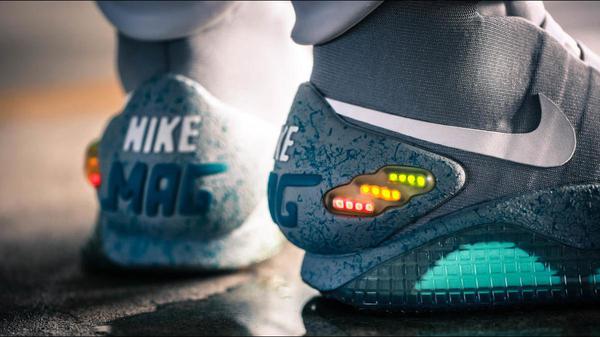
The great distribution of mobile Internet has blurred the boundaries between the individual media channels: Mobile Internet can be used for entertainment, news, information, research, contacts and communication.Brands can use it to increase their awareness, for the preservation of direct respons, one-to-one communication or generation of earned content, depending on how the consumer uses the device and in particular in which mood it is there.
If a consumer is looking for a specific information, he is in a completely different constitution than when he shares vacation photos with friends or watch a video very relaxed.The Council of Zenith: "Brands must learn to understand the signals that a consumer sends out with their activity in order to recognize their constitution and choose the correct form of communication."
This blurs the delimitation between conventional and digital media: it is more important that a consumer reads messages and less important whether this happens in paper form or online.People who watch video content on television, laptops or smartphones have many similarities, while people who look at long entertainment programs are in a completely different mood than people who scroll short content on social media.Brands would have to decide which role every media platform plays in its communication strategies, regardless of how the consumer uses it.

Media consumption continues to increase
The rapid spread of internet use has led to the average media consumption of the individual has increased significantly.Because consumers now have access to an unrestricted range of content almost everywhere and at all times of the day.In 2018, an average of around 479 minutes per day is consumed - that is 12 percent more than in 2011.Zenith predicts an increase in daily media consumption to 492 minutes by 2020.
Between 2011 and 2018, the time in cinemas increased by 3 percent, as the cinema operators invested in larger screens and thus in a better experience for visitors and the film studios could better market their films to an international audience.On average, people spend much less time in the cinema than with all other media - namely only 1.7 minutes a day in 2018.Zenith expects an increase to 1.9 minutes until 2020.
Opportunities for the customer journey
"According to conventional definitions, all other media lose to mobile Internet," says Jonathan Barnard, Head of Forecasting and Director of Global Intelligence at Zenith."But the truth is that the demarcations between the media are becoming increasingly blurred and that mobile technology publishers and brands offer more opportunities to achieve consumers than ever before."
"Mobile technologies make it necessary for brands to rethink their communication with consumers," says Dirk Lux, CEO Zenith."Brands have to know both the basic mood of consumers and their own place on the Consumer Journey to decide how they want to communicate with consumers.By using data, technical advertising solutions and now also artificial intelligence, brands can coordinate their communication for different media and mindset and use it optimally for the consumer journey."







